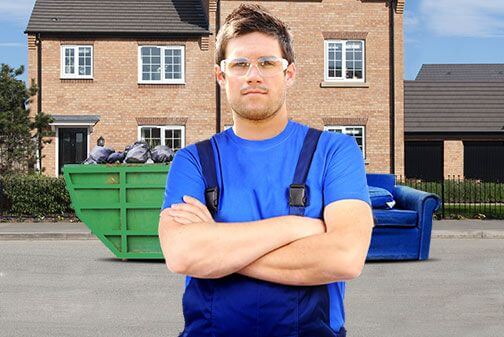Turning Concrete into New Projects
Posted on 02/08/2024
Concrete has long been a staple in the construction industry, lauded for its durability, versatility, and affordability. However, in recent years, there has been a shift toward using this time-tested material in innovative projects that go beyond traditional construction. From sustainable architecture to artistic installations, turning concrete into new projects is revolutionizing the way we view and utilize this ubiquitous substance.
Concrete in Sustainable Architecture
One of the most compelling reasons to innovate with concrete is its potential for sustainability. With the rise of green building practices, eco-friendly builders are exploring ways to make concrete more environmentally responsible. New formulations that incorporate fly ash or blast furnace slag aim to reduce the carbon footprint associated with concrete production. Moreover, recycled concrete aggregate (RCA) is being used to construct new buildings, thus reducing waste.
Noteworthy projects that embody sustainable concrete use include energy-efficient residential homes and commercial buildings with thermal mass properties that significantly cut down on heating and cooling needs. In essence, by repurposing concrete and making it more sustainable, builders are contributing to a more eco-friendly future.

Artistic and Aesthetic Uses of Concrete
Concrete has also made significant strides in the world of art and design. With its malleability and robustness, artists and designers are finding new ways to create stunning pieces that capture the imagination. From intricate sculptures to contemporary furniture, the possibilities are endless.
Furthermore, pigments and molds have been developed that allow concrete to mimic the appearance of high-end materials like marble and granite, but at a fraction of the cost. This makes it an attractive option for both functional and decorative elements in modern spaces.
Engineering Marvels with Concrete
Concrete's durability makes it ideal for ambitious engineering projects. Recent advancements have led to the creation of ultra-high-performance concrete (UHPC), which offers increased strength and durability. This material is particularly useful in the construction of bridges, skyscrapers, and other infrastructure projects that demand longevity.
One exemplary use of UHPC is in the construction of long-span bridges, where reduced weight and increased strength are essential. Similarly, skyscrapers are now being built with UHPC, allowing for strikingly slender designs that are both strong and aesthetically pleasing.
Innovative Residential Projects
The rise of modernist and minimalist architecture has paved the way for the use of concrete in residential projects. The versatility of concrete allows architects to push the boundaries of design, creating homes that are not only functional but also artistically appealing. From polished concrete floors to textured concrete walls, homeowners are embracing this material for its unique aesthetic and practical benefits.
Additionally, concrete homes provide excellent insulation, contributing to energy efficiency and reducing utility costs. The resilience of concrete also offers a level of safety and security that is unparalleled, making it an ideal choice for family homes.
Pros and Cons of Turning Concrete into New Projects
Pros:
- Durability: Concrete is extremely durable and can withstand harsh weather conditions, making it a long-lasting option.
- Versatility: It can be molded into various shapes and forms, offering endless design possibilities.
- Sustainability: Eco-friendly formulations and the use of recycled materials make concrete a more sustainable option.
- Cost-Effective: It is generally more affordable than other building materials like steel or wood.
Cons:
- Environmental Impact: Traditional concrete production is linked to a high carbon footprint.
- Weight: Concrete is a heavy material, which can pose challenges in certain construction projects.
- Time-Consuming: It often takes longer to cure, extending project timelines.
- Limited Aesthetics: While versatile, concrete may not appeal to everyone's aesthetic preferences.
Tips for Using Concrete in New Projects
1. Opt for Sustainable Mixes: Choose concrete formulations that incorporate eco-friendly materials like fly ash or RCA.
2. Invest in Quality: High-quality concrete can reduce maintenance costs and increase the lifespan of your project.
3. Consult Experts: Always work with professionals who have experience in innovative concrete applications.
4. Think Outside the Box: Don't be afraid to explore artistic and non-traditional uses of concrete.
5. Consider Maintenance: Understand the maintenance requirements to keep your concrete project in top shape.

Takeaways
- Concrete is a versatile and durable material ideal for a variety of innovative applications.
- Sustainable practices are crucial in reducing the environmental impact of concrete.
- The aesthetic and functional benefits of concrete make it a popular choice in contemporary design.
- Weigh the pros and cons carefully to determine if concrete is the right material for your project.
Conclusion
Turning concrete into new projects offers numerous opportunities for innovation and sustainability. From eco-friendly building practices to artistic applications, concrete is proving to be a material that adapts well to modern needs. By understanding its advantages and limitations, and by following best practices, you can make the most out of this versatile material. Whether you're looking to build a sustainable home, craft a piece of art, or construct an engineering marvel, concrete can be the cornerstone of your next groundbreaking project.






